The Ming dynasty reestablished independent rule in China, along with Chinese artistic and architectural traditions.
1368–1644 C.E.
The Ming dynasty reestablished independent rule in China, along with Chinese artistic and architectural traditions.
1368–1644 C.E.
What is the Ming dynasty?
We're adding new content all the time!
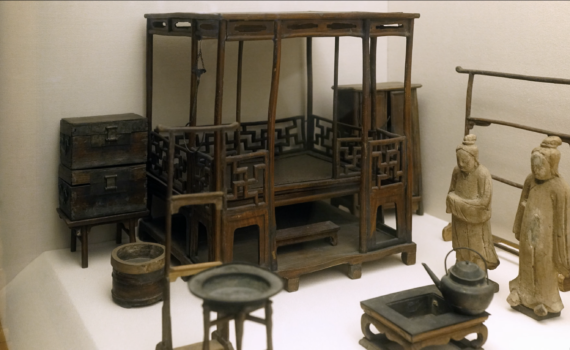
Mini furniture and figurines give us a tiny look into Ming dynasty life
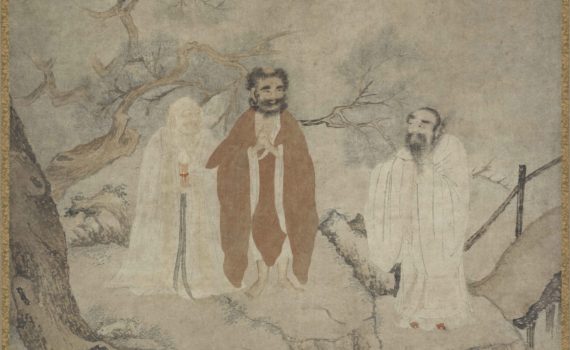
The composition of the painting seems to have borrowed depictions of the Three Laughers of Tiger Creek, a popular allegorical story about the meeting of three famous figures.
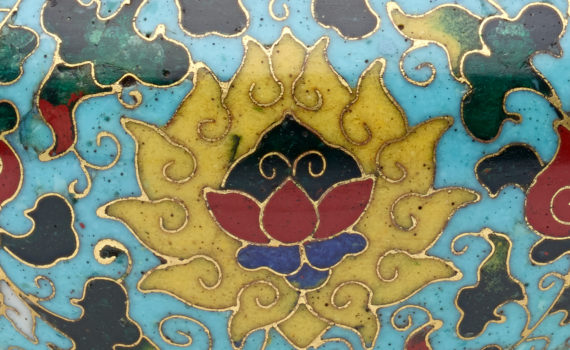
The smoke from incense was used as a link between the earthly realm and the heavenly world.
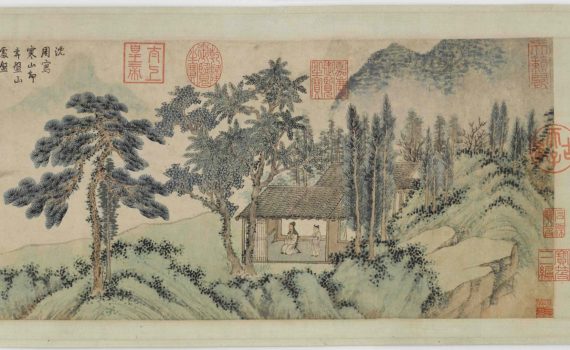
Artists during the Ming dynasty often honored their patrons by portraying them in a garden studio.
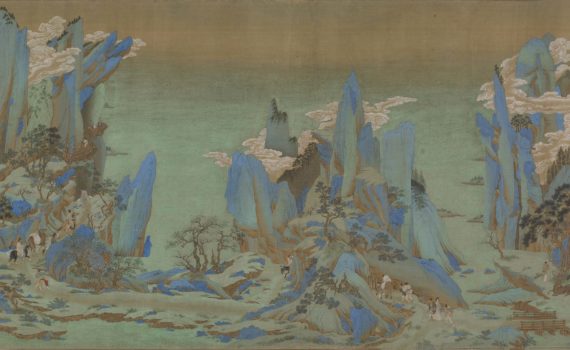
Painted in lavish mineral-based colors of blue, green, and brownish yellow, this painting is a typical “blue-and-green” landscape in Chinese art
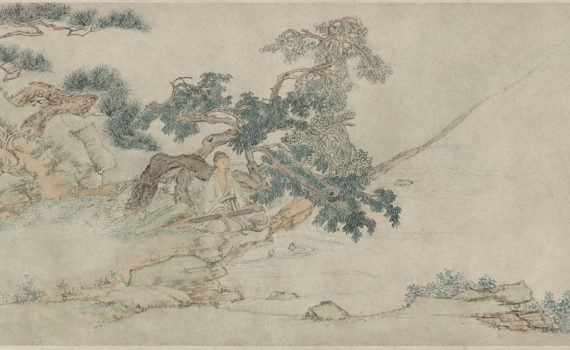
A scholar playing a zither while enjoying some beautiful scenery is a popular genre in Chinese landscape paintings.
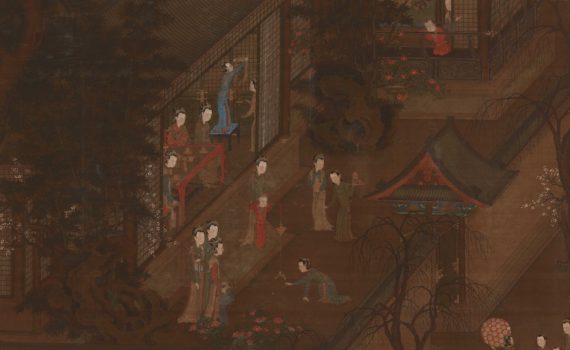
This painting depicts the most important festival in China—the Lunar New Year.
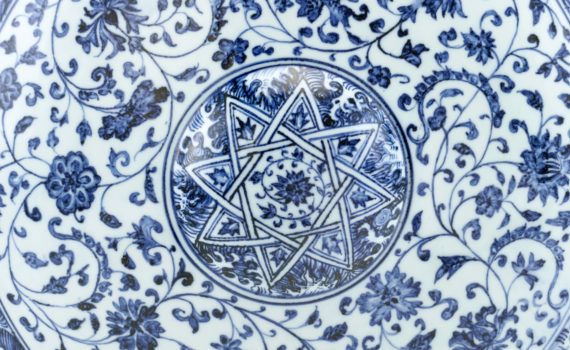
This canteen exemplifies the dynamic flow of ideas and objects between the Islamic world and China that invigorated both artistic traditions.
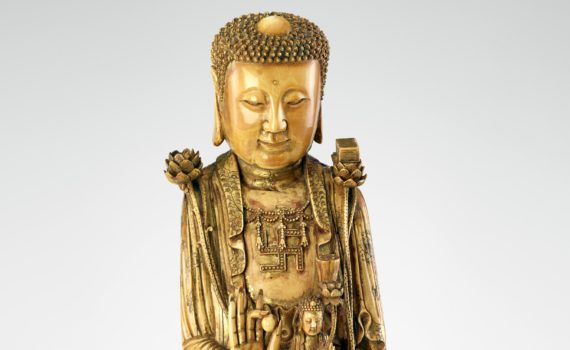
This ivory image of Guanyin of art shows extreme attention to decorative details
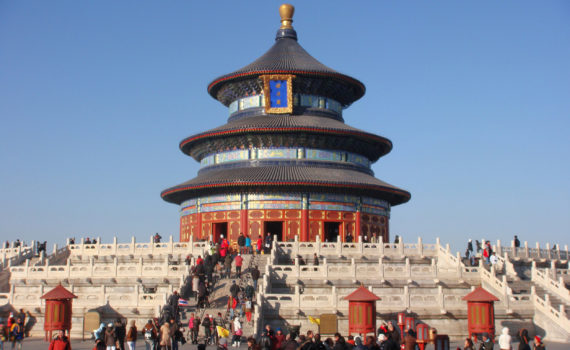
The Temple of Heaven, founded in the first half of the 15th century, is a dignified complex of fine cult buildings set in gardens and surrounded by historic pine woods